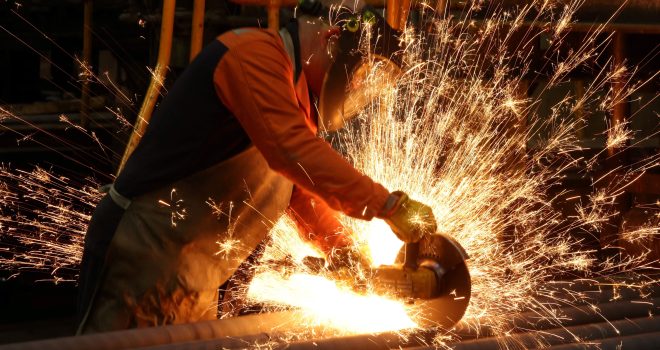How To Spot And Fix Common Bus Bar Connector Issues

Bus bar connectors are the unsung heroes of electrical systems, providing efficient, low-resistance connections for distributing power across components. Used in everything from industrial panels to large-scale power distribution networks, these critical components are designed to handle high current loads safely and efficiently.
But bus bar connectors aren’t immune to wear and tear, or mishandling. Knowing how to spot and resolve issues early is essential to keep them performing safely and reliably. Read on for a guide to the most common problems and how to address them quickly and effectively.
Why loose connections spell trouble
Loose bus bar connections are a main cause of electrical problems. Over time, the connections can shift because of vibration, thermal expansion, or because they weren’t installed properly. This can lead to sparking, arcing (where electricity jumps between conductors), or loss of power. The best solution? Make sure to inspect the connectors regularly and install locking mechanisms that hold them firmly in place. They will also need tightening but follow manufacturer specs so you don’t over-stress the components.
Spot overheating before it’s too late
You might notice discoloration, melted insulation, or the smell of burning. This excessive heat can be a sign of poor contact, undersized connectors, or a high current flow. Clean the contacts regularly, ensure that the components are properly rated for the load (can safely handle the expected electrical current), and allow proper airflow around connections to manage their temperature level.
Corrosion and conductivity don’t mix
Exposure to moisture or chemicals can result in visible corrosion. This will interfere with conductivity and raise resistance. Use corrosion-resistant materials like tinned copper (the tinning prevents oxidation), apply and shield components from the environment in order to keep connectors in good working condition. Again, make sure that you clean them regularly.
Misalignment: When connectors don’t line up
Improper installation is surprisingly common, especially in complex systems. Misalignment leads to increased resistance and inconsistent performance. If you’re a technician, make sure that you use alignment tools and follow the manufacturer’s instructions carefully. Also, regular training refreshers will help reduce the risk of human mistakes – especially in high-stake environments.
Aging and wear
No matter how robust the bus bar connectors, they will degrade over time. Cyclic loading, vibration, and prolonged exposure will all reduce performance. Set a schedule for inspections and factor in when bus bar connectors will need to be replaced – especially in mission-critical systems. Consider upgrading to modern bus bar connectors that are designed for longer lifespans.
Prevention is better than repair
The best way to avoid bus bar connector issues is to prevent them in the first place. That starts with a consistent maintenance schedule. Do regular inspections with thorough testing and clear documentation.
Good installation is equally critical. To stop problems before they begin, follow manufacturer guidelines to the letter and ensure that all technicians are trained on correct procedures.
Finally, don’t overlook environmental factors. Keep connectors protected from moisture, chemical exposure, and heat to help maintain their integrity. Good ventilation and suitable housing go a long way in maintaining long-term performance.
Smart systems start with upkeep
You can avoid most common bus bar connector issues with consistent maintenance and by installing them carefully. Whether you’re powering a small control panel or are responsible for a large facility, regular checks and timely upgrades will keep systems safe and efficient.
I added this and one other referential link. There were two links included with the client notes but I assumed that those were for research only? So hope this is ok!




